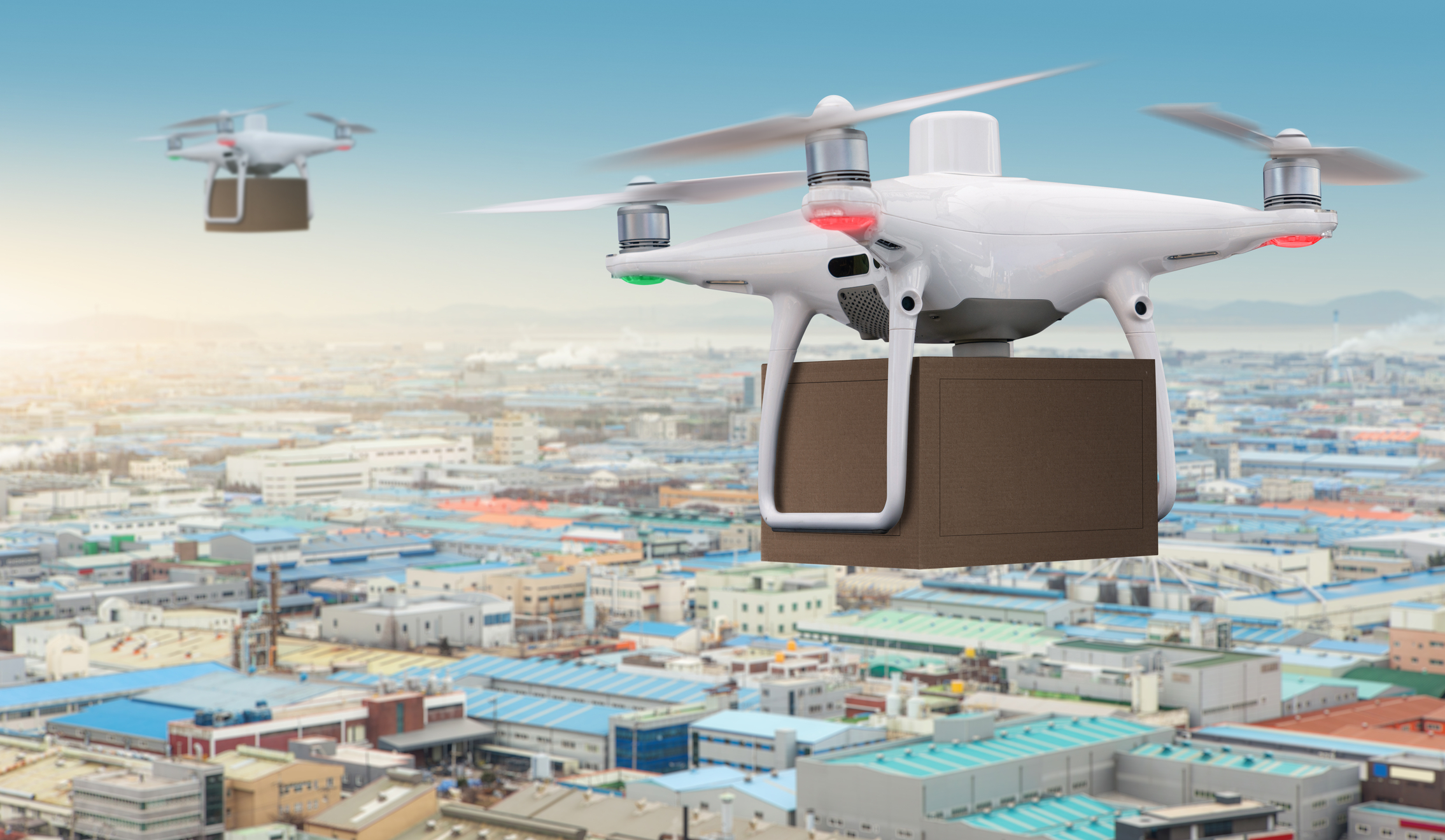Field operations always have been a necessary but costly part of doing business. Whether your business is construction, mining, or surveillance and reconnaissance, it’s important to monitor critical structures, people, and events for successful outcomes.
This kind of monitoring has meant sending personnel and equipment into potentially dangerous and hard-to-access spaces. Recently, drone technology has revolutionized the way businesses do field operations. Picture unmanned flying cameras exploring building sites or packages distributed to doorsteps via autonomous drone squads.
Where Field Automations is Heading
Developments in drone automation have the potential to further reduce costs, increase field operations efficiency, and improve worker safety. A 2019 McKinsey report found that field operations costs fell by 10 to 40 percent and productivity rose by 30 to 40 percent with technology advancements, including Internet of Things (IoT) field operations automation.
It’s easy to think of situations where drones could help mining and gas companies explore challenging locations with advanced inspection and mapping, or help the military carry out complex surveillance and risky reconnaissance operations with unmanned aerial vehicles (UAVs). But it’s the less obvious applications that may have an even more significant impact on our daily lives.
Because drones use multiple devices to complete their missions (a GPS link for navigation, sensors to measure pitch and roll, automated cameras and control systems to capture video or dispatch deliveries over the specified target, and plenty more) they are, by default, part of the Internet of Things. All of these systems must work together to keep drones in the air and ensure they stay on task.
The IoT devices that drones can link with are projected to expand rapidly. Research Dive expects nearly 20 percent growth in drone-related revenue by the end of 2027.
Example of IoT and Drones Automating Field Operations
Take, for example, the San Francisco company, Zipline, that used drones to deliver medical supplies to COVID-stricken areas in Africa where there were no paved roads and no refrigerated vehicles for standard delivery. Zipline made supply drops of blood and medicine within 30 minutes to areas 50 miles outside of the usual accessible locations.
It’s a noble and amazing endeavor. But imagine combining those accomplishments with the full potential of the IoT.
Potential Applications of IoT and Drones in Field Operations Automation
What if, instead of doctors placing orders on their phones for deliveries when people have medical emergencies, a medical sensor notices a patient’s blood-oxygen level decreasing and sends for life-saving medication and equipment immediately. It could mean the difference between life and death.
What if the drones could communicate seamlessly with each other and with their GPS systems, dispatching the closest drones quickly to the most critical patients? With interconnectivity and automation, perhaps Zipline’s 30-minute window could be shortened further for patients in dire need.
Seamless communication could also allow each drone to fly more frequent missions. Currently, a drone’s average battery life is roughly half an hour, but it can be less if the route is windy or requires complex flying patterns.
Perhaps a network of drones could function as a team, allowing the group to carry payloads much greater than the 1.8kg limit each drone can carry on its own.
Obstacles to Taking Field Operations Automation to the Next Level
While many companies are capitalizing on these opportunities, others can’t because of government regulations and licensing issues. The Federal Aviation Administration appears reluctant to grant widespread commercial licenses out of caution for the existing aircraft industry.
To protect manned airplanes and prevent midair collisions, drones are currently limited to a 400-foot altitude and must, for commercial use, be piloted by licensed field operators.
But this problem could be solved. Certainly, automated sensors could detect other aircraft within a set distance and alter the drone’s route toward clearer airspace, easing the FAA’s fears and lowering the bar for future commercial drone licenses.
The sky’s the limit when it comes to the potential of the winning combination of drones and IoT field operations automation. We’re here to help you find the solution to the potential you envision for your business.

